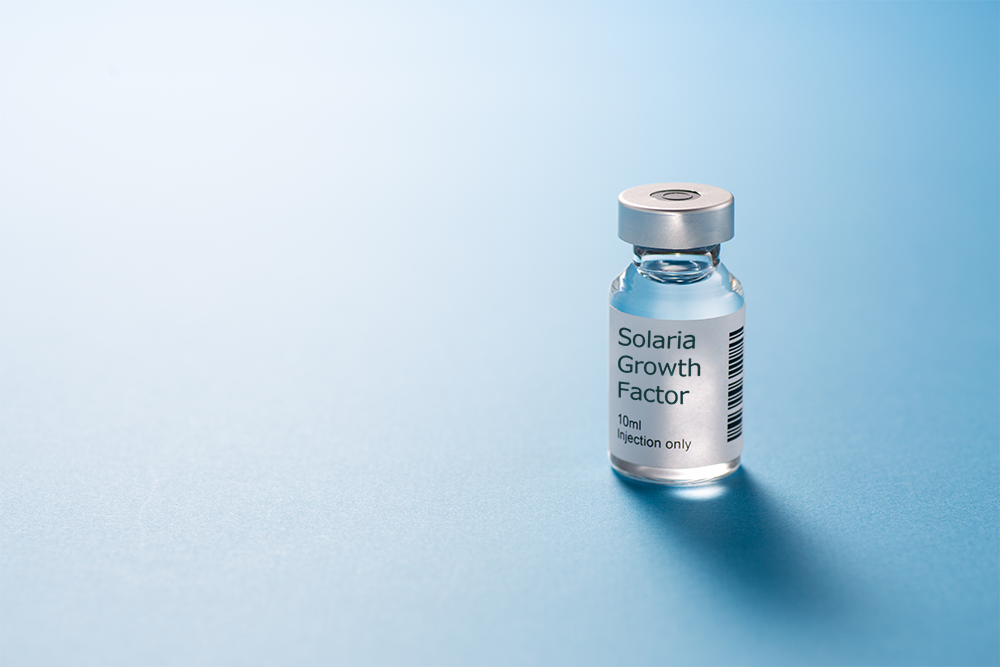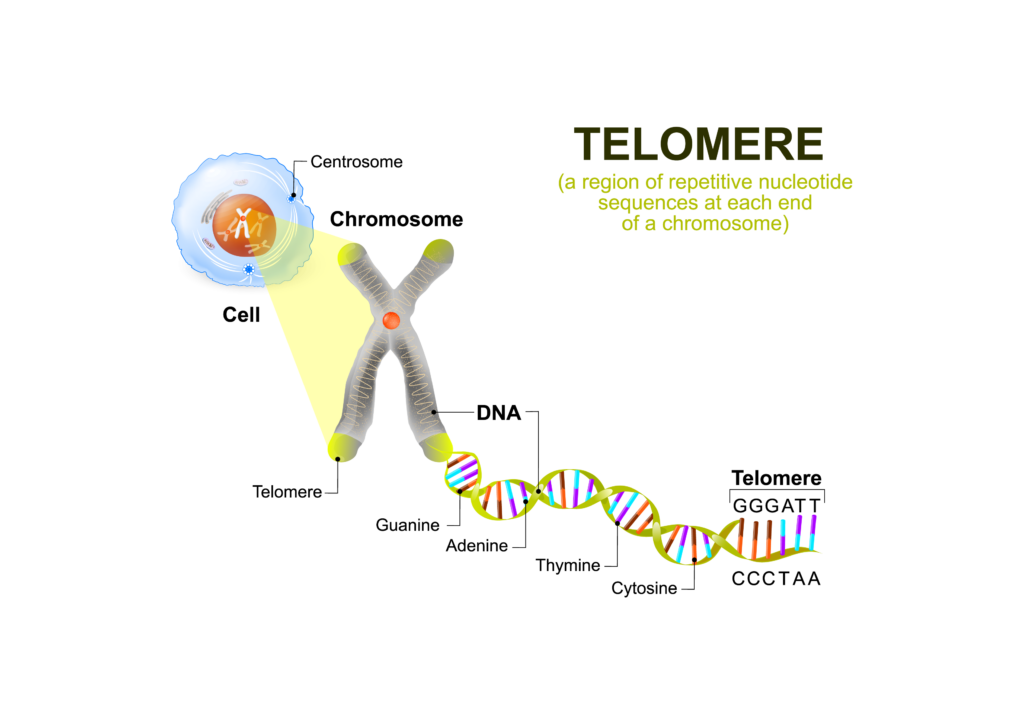Regenerative medicine utilizing 『SGF』 as the key to supporting the 『Century of 100 years old』.
In today’s world with an increasing average lifespan, the concept of the 『Centenarian Era』has emerged. To maintain a healthy and youthful state both physically and mentally even beyond the age of 100』it is essential to keep our cells in a rejuvenated and healthy condition. 『SGF (Deciduous Dental Pulp Stem Cell Culture Supernatant)』helps fulfill the desire of many individuals to promote anti-aging care for cells that tend to deteriorate with age.
What is SGF (Deciduous Dental Pulp Stem Cell Culture Supernatant)?

SGF (Deciduous Dental Pulp Stem Cell Culture Supernatant) is a liquid component produced through a proprietary protocol developed by Dr. Shoji Koga, a medical doctor. It is derived from the culture of dental pulp stem cells from deciduous teeth, which are a type of mesenchymal stem cells. Mesenchymal stem cells can be obtained from various sources such as bone marrow, adipose tissue, placental tissue, umbilical cord tissue, and dental pulp. Among these sources, deciduous dental pulp is particularly rich in bioactive substances such as cytokines, exosomes, and growth factors.
One notable feature of deciduous dental pulp stem cells is their high paracrine effect compared to adult dental pulp and other stem cells. Paracrine effect refers to the ability of secreted factors from cells to act on neighboring cells or tissues directly. Medical treatments using supernatants from stem cell cultures aim to harness this paracrine effect. The paracrine factors, including cytokines, exosomes, and growth factors, secreted by stem cells can influence and stimulate the patient’s own stem cells, helping to regenerate tissues that have deteriorated due to aging or damage.
SGF is prepared by culturing stem cells isolated from deciduous teeth of individuals aged 8 to 12 years. The culture medium is aspirated, washed, and then supplemented with a recovery medium. After 48 hours, stem cells are removed using a specialized filter and confirmed under a microscope to ensure that no cells remain before further processing.
To ensure safety and quality, SGF undergoes testing for ten types of human viruses, and bacterial contamination and endotoxin (bacterial cell wall components that can cause toxicity) levels are measured to ensure that the supernatant is free from viruses, bacteria, and other contaminants.
SGF, produced under strict quality control, is a standardized supernatant that can be administered through various efficient methods, including intravenous drip, local injection, nasal administration, and ocular administration.
It has received patents for various applications, including “spermatogenesis function improvement agent and spermatogenesis function improvement method” and “improvement agent for cancer cachexia and improvement method for cancer cachexia,” which further demonstrate its safety and efficacy.
SGF contains various bioactive substances・including
- Cytokines: Proteins secreted by cells of the immune system that mediate non-specific cell-to-cell communication.
- Chemokines: A subgroup of cytokines that act through G protein-coupled receptors and play a role in immune responses.
- Growth Factors: Endogenous proteins that stimulate the growth and differentiation of specific cells in the body.
- Exosomes: Vesicles involved in long-distance cell-to-cell communication, mediating adaptive immune responses, tissue repair, neural transmission, and the transport of pathogenic proteins.
These bioactive substances collectively enable more precise and efficient practices in regenerative medicine, anti-aging treatments, and cosmetic procedures than ever before.
Supplementing the Limits of Stem Cell Transplantation with SGF
In the past, stem cell transplantation was the cornerstone of regenerative medicine and received support from many medical institutions. However, there were limitations to stem cell transplantation, including a higher risk of tumor formation during the transplantation process, the potential for cancer development, and issues related to standardization, administration methods, preservation, and cultivation.
In contrast, SGF offers a solution to these problems by allowing for the use of standardized and pre-analyzed components, enabling mass production. SGF addresses the challenges faced by stem cell transplantation and further enhances efficiency and effectiveness. It is poised to play a pivotal role in the future of regenerative medicine.
Expected Effects of SGF
By utilizing SGF in regenerative medicine, significant benefits are expected in the following areas:
- Regenerative Medicine
- Anti-Aging Care Medicine
- Aesthetic Medicine
These applications hold great promise for delivering substantial benefits.
Regenerative Medicine
SGF (StemGro Fluid), contains over hundreds of bioactive substances. Therefore, when administered through intravenous or nasal spray, liquid factors including exosomes can exhibit paracrine effects, potentially reducing the risk and facilitating recovery from various diseases.
By utilizing SGF (StemGro Fluid), potential benefits such as
- Enhancement of frontal lobe and cognitive functions
- Strengthening of vascular endothelial cell functions
- Improvement of testicular functions
have been reported as case examples.
The Impact of SGF Administration on Telomeres
One of the key reasons why SGF (StemGro Fluid) is effectively utilized in regenerative medicine and cosmetic medicine lies in its impact on “telomeres.” Telomeres are structural components located at the ends of our chromosomes, serving a dual role in protecting chromosomes and replicating them during cell division.
Research by Nobel laureate biologist Dr. Blackburn and others has revealed that telomeres play a pivotal role in human lifespan and aging. As cells divide, telomeres naturally shorten, and the shorter they become, the more cells age, making them more susceptible to disease. This aging process is also reflected in physical signs such as wrinkles, age spots, and sagging skin.
It has been found that SGF administration therapy has telomere-shortening suppression and extension effects. This is due to the activation of cell activity induced by the physiological substances contained in SGF.
Through short-term to long-term treatment involving the administration of 40 milliliters of SGF for one month, results have shown a decrease in the “telomere age” value, which tends to increase with aging.
Anti-Aging Medical Care
SGF has been identified as one of the means for anti-aging medical care, and it has been found to be beneficial for addressing common concerns among men. “ED (Erectile Dysfunction)” and “AGA (Androgenetic Alopecia)” are issues where the effects of SGF can be expected.
ED Treatment with SGF
In conventional ED treatment, substances that stimulate erection are targeted towards the vascular endothelial cells. However, when there is a decline in the function of vascular endothelial cells, these substances are not secreted. SGF, on the other hand, has the ability to normalize the function of vascular endothelial cells and promote symptom improvement without the need for medication.
AGA Treatment with SGF
SGF is directly injected into the scalp to stimulate hair follicles, enhance hair growth function, and regulate the hair growth cycle. It also normalizes the function of transporting the nutrients needed for hair, ensuring a long-term, healthy hair cycle rather than temporary improvements.
Among various testing methods, one that has gained significant attention is the “Telomere Test.”
Telomeres are the regions at the ends of chromosomes that influence aging, lifespan, and genetic strength. Longer telomeres are associated with better overall health and longevity, but unfortunately, they tend to shorten with each cell division. Moreover, as telomeres shorten, the risk of age-related diseases and aging-related issues increases.
Introducing SGF treatment can address these problems. However, to assess whether this has been successful, it is necessary to examine the condition of telomeres with specific numerical data. By using the Telomere Test, it becomes possible to visualize the results of SGF treatment, including the state of aging, genetic fatigue, and genetic age.
Utilizing Diagnostic Equipment Based on Your Needs
In addition to the Telomere Test, our clinic provides various diagnostic equipment for different purposes.
For treatments related to conditions like diabetes, blood tests are conducted to measure changes in blood sugar levels resulting from SGF treatment. We also use testing devices such as the “LOX-index” for assessing the risk of stroke and heart attack, as well as “MCI (Mild Cognitive Impairment) Screening Tests” for early detection of Alzheimer’s diseas




